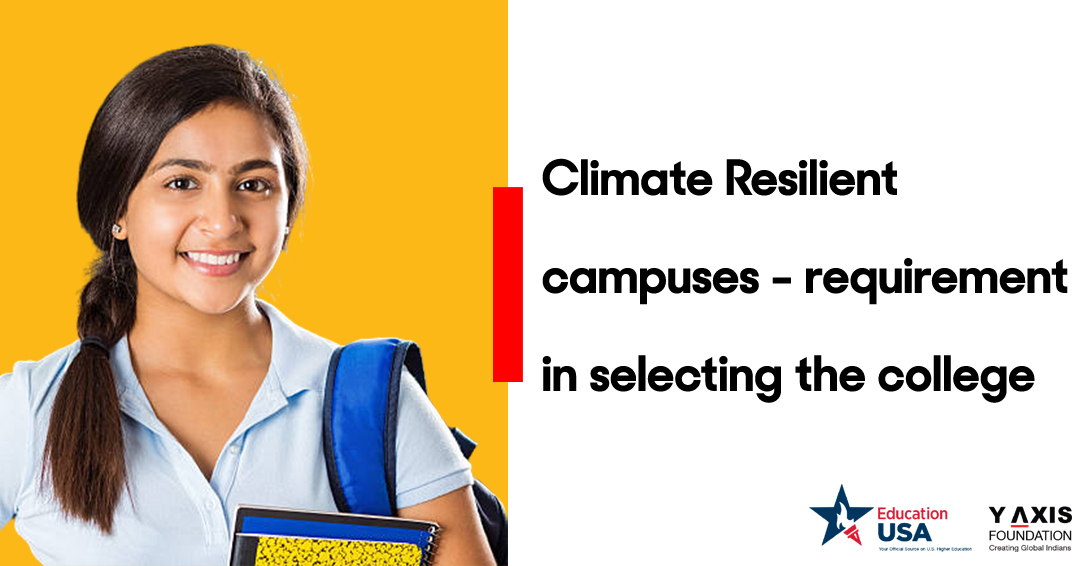
Sustainable Development Goal 13 of UN aims to “take urgent action to combat climate change and its impact”
This goal became the basic principle for looking at Campuses from a different perspective. Culturally significant buildings that have a long history. This decaying infrastructure needs stability that may be affected due to extreme climatic conditions. In addition, the safety of students should be taken care of. Evacuation during extreme events is another problem.
In March 2019 in Nebraska, first came a snow storm that froze the land, then heavy rains that brought on intense flooding, and lastly heat. In view of the bushfires and snow storms, students are now thinking twice before they are taking any final decision in selecting the university. Therefore, the selection of universities is no longer based just on QS rankings or peer group pressure but on the basis of scientific analysis of the future of the campuses.
The Higher Education Institutions made a formal commitment with respect to climate leadership on the campus. This became a reality because of a signature program of Second Nature, The Climate Leadership network that provides resources, networking, and opportunities for colleges and universities in all fifty states who are taking action on climate change and preparing students through research and education. Since 2006 nearly 900 campuses in the US have made a commitment to carbon neutrality. Under its guidance, already some campuses achieved net-zero carbon footprints. E.g. American University in Washington D.C., Colgate University in New York, Middlebury College in Vermont, the University of San Francisco, Colorado College and Bowdoin College, Bates College and Colby College in Maine. [https://secondnature.org/]
Now, many universities and colleges are thinking of making the campuses climate-ready. Otherwise, extreme weather may affect the academic life of the students. Actionable steps are also being taken up by the campuses. Building resilience means thinking about evacuation plans and building seawalls. To beat extreme heat and to create localized cooling and protect biodiversity, green roofs with plants are being planned. For instance, in Harvard University, they are building a larger storm drain for the Allston neighbourhood to prepare for increased flooding in that area. In its science and engineering complex, electrical equipment is placed on an elevated floor behind flood proof doors. Similarly, iIn the University of Illinois at Chicago, they are working on a campus pollinator habitat and building up its backup energy capacity.
So, keeping in view the natural disasters, students are now carefully studying the resilient measures taken by the universities and deciding the college to get admitted.

Climate Resilient campuses requirement in selecting the college
Posted on June 17, 2022